Home>Maintenance & Safety>Safety Equipment & Products>What Is The Purpose Of A Fire Blanket?
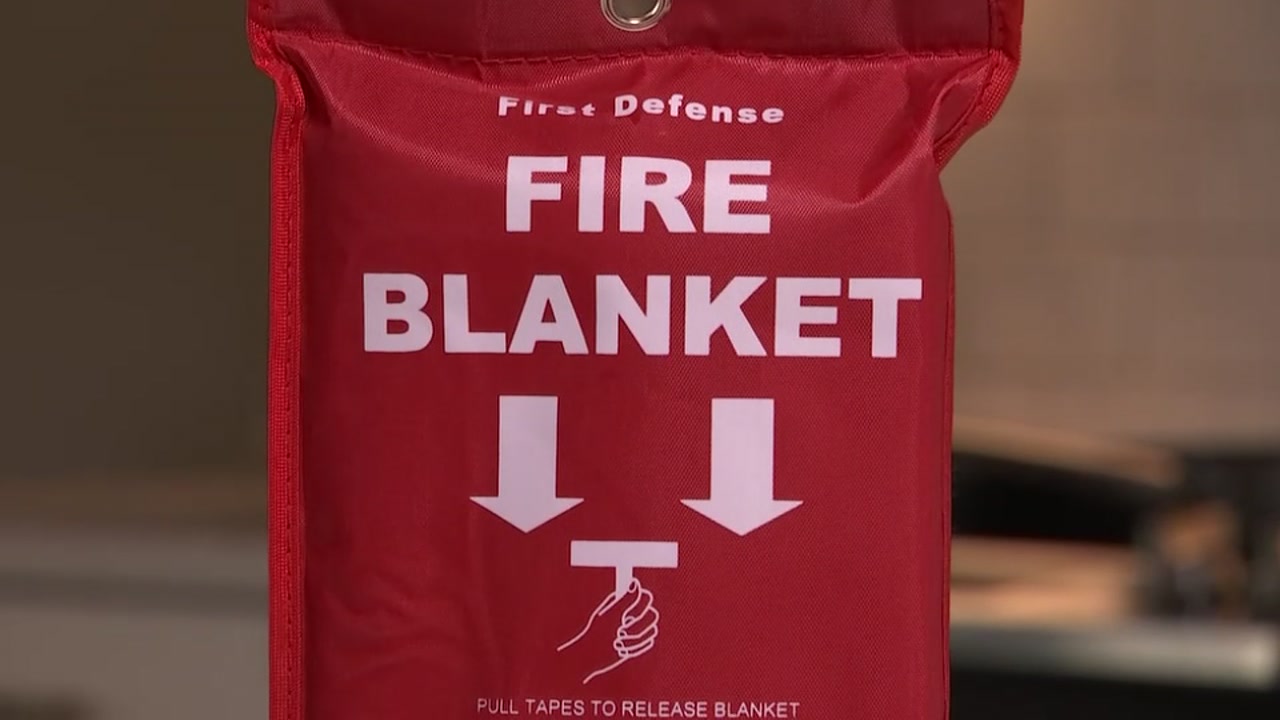

Safety Equipment & Products
What Is The Purpose Of A Fire Blanket?
Modified: February 18, 2024
Discover the importance of fire blankets as essential safety equipment and products. Learn how they serve to protect against small fires and prevent potential hazards.
(Many of the links in this article redirect to a specific reviewed product. Your purchase of these products through affiliate links helps to generate commission for Storables.com, at no extra cost. Learn more)
Introduction
Welcome to the world of fire safety! In the event of a fire, having the right tools at your disposal can make all the difference. One such essential tool is the fire blanket. This versatile safety device is designed to smother small fires, providing a quick and effective means of extinguishing flames and preventing the spread of fire.
In this article, we will delve into the purpose and functionality of fire blankets, exploring how they work and when and where to use them. Whether you're a homeowner, a business owner, or simply someone interested in bolstering their fire safety knowledge, understanding the role of a fire blanket is crucial for maintaining a safe environment.
So, let's embark on a journey to uncover the significance of fire blankets and how they contribute to fire safety. Whether you're a seasoned safety professional or a curious individual seeking to enhance your safety know-how, this exploration of fire blankets will equip you with valuable insights and practical tips. Let's dive in!
Key Takeaways:
- Fire blankets are essential safety tools designed to smother small fires and protect against clothing fires. They are user-friendly and versatile, making them valuable for fire safety in homes, kitchens, and industrial settings.
- Proper placement and maintenance of fire blankets are crucial for effective fire safety. They should be strategically located in kitchens, workshops, and areas with fire hazards, and regularly inspected and maintained to ensure readiness in case of emergencies.
Read more: What Is A Fire Blanket?
What Is a Fire Blanket?
A fire blanket is a crucial piece of safety equipment designed to extinguish small fires by cutting off the fire’s oxygen supply. It consists of a flame-resistant material, such as fiberglass or wool, that is contained within a quick-release pouch or case for easy access in the event of an emergency.
Typically, fire blankets come in various sizes, ranging from compact versions suitable for kitchen use to larger ones intended for industrial settings. The material used in fire blankets is specially chosen for its ability to withstand high temperatures and resist burning, ensuring that it can be safely used to smother flames without posing a risk of ignition.
One of the key features of a fire blanket is its simplicity. Unlike fire extinguishers, which require some degree of training to operate effectively, fire blankets are incredibly user-friendly. This makes them a valuable safety tool for both trained professionals and individuals with minimal fire safety knowledge.
Fire blankets are not only effective at extinguishing flames on a person whose clothing has caught fire but are also suitable for smothering small fires in the kitchen, workshop, or other areas where fire hazards may arise. Their versatility and ease of use make them a valuable addition to any comprehensive fire safety plan.
Now that we’ve explored the basic nature of fire blankets, let’s delve deeper into how these essential safety devices work to combat fires and protect lives and property.
How Does a Fire Blanket Work?
Understanding the mechanics of a fire blanket is essential for grasping its effectiveness in extinguishing fires. When a fire breaks out, the immediate response is critical, and a fire blanket offers a swift and straightforward solution. The fundamental principle behind a fire blanket’s functionality lies in its ability to cut off the fire’s oxygen supply, thereby smothering the flames and preventing their spread.
When a fire blanket is deployed, it is carefully placed over the burning material, effectively sealing off the oxygen that the fire requires to sustain itself. By creating a barrier between the flames and the surrounding air, the fire blanket swiftly stifles the fire, causing it to die out due to the lack of oxygen. This rapid suppression of the flames can prevent the fire from escalating and causing extensive damage.
Moreover, fire blankets are designed to withstand high temperatures, ensuring that they do not ignite when coming into contact with the flames. This heat resistance is a crucial safety feature, as it allows individuals to approach the fire and apply the blanket without risking injury or exacerbating the situation.
Another important aspect of a fire blanket’s functionality is its ability to protect individuals who have caught fire. In the event of a clothing fire, wrapping oneself in a fire blanket can swiftly extinguish the flames and prevent severe burns. This makes fire blankets an invaluable safety resource in environments where the risk of clothing fires is heightened, such as kitchens, laboratories, and industrial settings.
By effectively smothering small fires and providing a protective barrier against flames, fire blankets offer a reliable and user-friendly method of fire suppression. Their straightforward operation and versatility make them an essential component of any comprehensive fire safety strategy, providing peace of mind and a swift response to potential fire hazards.
Now that we’ve explored how fire blankets work to combat fires, let’s delve into their specific purpose and the scenarios in which they prove invaluable.
The Purpose of a Fire Blanket
The primary purpose of a fire blanket is to provide a quick and effective means of extinguishing small fires and preventing their escalation. Whether in a residential, commercial, or industrial setting, fire blankets serve as a crucial line of defense against the rapid spread of flames, offering a versatile and user-friendly solution for fire suppression.
One of the key purposes of a fire blanket is to safeguard individuals in the event of a clothing fire. By swiftly wrapping oneself in a fire blanket, the flames can be smothered, preventing severe burns and potentially life-threatening injuries. This makes fire blankets an essential safety resource in environments where the risk of clothing fires is heightened, such as kitchens, workshops, and laboratories.
Moreover, fire blankets are designed to smother small fires in their early stages, preventing them from gaining momentum and causing extensive damage. By cutting off the fire’s oxygen supply, fire blankets effectively suppress flames, offering a valuable tool for containing fires before they can spread and endanger lives and property.
Additionally, the versatility of fire blankets extends to their ability to shield individuals from radiant heat and embers. In situations where escaping a fire is not immediately possible, a fire blanket can provide a temporary barrier against heat and flying debris, offering crucial protection until a safe evacuation can be executed.
Furthermore, fire blankets serve as an essential resource for fire safety in kitchens and cooking areas. In the event of a stovetop fire or cooking-related mishap, having a fire blanket within reach offers a swift and effective means of extinguishing the flames, preventing the fire from engulfing the surrounding area and causing significant damage.
By encompassing these vital purposes, fire blankets emerge as a versatile and indispensable tool for fire safety, offering a user-friendly and reliable method of fire suppression and personal protection. The significance of fire blankets in mitigating fire hazards cannot be overstated, making them an essential component of any comprehensive fire safety plan.
Now that we’ve explored the multifaceted purpose of fire blankets, let’s delve into the scenarios in which they prove invaluable and the appropriate circumstances for their use.
When using a fire blanket, always remember to carefully cover the flames with the blanket to smother the fire. Then, turn off the heat source and leave the blanket in place until the fire is completely out.
When to Use a Fire Blanket
Knowing when to use a fire blanket is crucial for effectively addressing fire hazards and ensuring the safety of individuals and property. The versatility and simplicity of fire blankets make them suitable for a range of scenarios, offering a swift and reliable method of fire suppression in various settings.
One of the primary instances when a fire blanket should be used is in the event of a clothing fire. If an individual’s clothing ignites, promptly wrapping themselves in a fire blanket can extinguish the flames, preventing severe burns and mitigating the risk of further injury. This immediate response can be life-saving, making fire blankets an essential safety resource in environments where the potential for clothing fires exists, such as kitchens, workshops, and industrial facilities.
Furthermore, fire blankets are invaluable for smothering small fires, particularly in settings where flammable materials or cooking activities pose a fire risk. In the event of a stovetop fire or a small fire caused by cooking mishaps, deploying a fire blanket can swiftly extinguish the flames, preventing the fire from spreading and causing extensive damage.
Fire blankets are also suitable for addressing fires involving flammable liquids. In situations where a small spill or leak ignites, a fire blanket can be used to smother the flames and prevent the fire from escalating. This proactive response can contain the fire before it spreads, offering a crucial line of defense against potential hazards in industrial and laboratory environments.
Moreover, fire blankets are effective for shielding individuals from radiant heat and embers in emergency situations. If evacuation is hindered by intense heat or flying debris, a fire blanket can provide temporary protection, allowing individuals to shield themselves until a safe escape route is accessible.
By recognizing the appropriate circumstances for using a fire blanket, individuals and safety professionals can effectively leverage this versatile safety tool to address fire hazards and protect against potential dangers. Whether in a residential, commercial, or industrial setting, the swift and straightforward nature of fire blankets makes them an indispensable resource for fire safety.
Now that we’ve explored the scenarios in which fire blankets prove invaluable, let’s consider the strategic placement of fire blankets to ensure their accessibility in the event of an emergency.
Read more: What Is A Fire Blanket Made Of?
Where to Place a Fire Blanket
Strategic placement of fire blankets is essential for ensuring their accessibility and effectiveness in the event of a fire emergency. By identifying key locations for fire blanket placement, individuals and organizations can optimize their fire safety preparedness, providing swift and convenient access to this crucial safety tool.
One of the primary locations for placing a fire blanket is the kitchen. Given the prevalence of cooking-related fires, having a fire blanket readily available in the kitchen area is imperative. Ideally, the fire blanket should be positioned in close proximity to the cooking area, such as on a wall-mounted holder or in a designated cabinet, ensuring that it can be swiftly accessed in the event of a stovetop fire or cooking mishap.
Workshops and industrial settings also require strategically placed fire blankets to address potential fire hazards. Areas where flammable materials are handled or where the risk of small fires exists should be equipped with fire blankets. Placing fire blankets near workstations, chemical storage areas, and machinery can facilitate prompt response to fire incidents, mitigating the risk of fires spreading and causing extensive damage.
Additionally, fire blankets should be readily available in locations where the risk of clothing fires is heightened. This includes areas where individuals may come into contact with open flames, sparks, or hot surfaces, such as laboratories, welding stations, and industrial facilities. Placing fire blankets in these areas can provide essential protection in the event of a clothing fire, offering individuals a swift means of extinguishing the flames and preventing severe burns.
Furthermore, fire blankets should be strategically positioned in residential settings, particularly in areas where fire hazards are prevalent. This may include near fireplaces, outdoor grilling areas, or any space where flammable materials are stored. By having fire blankets easily accessible in these locations, homeowners can effectively address small fires and prevent them from escalating.
By identifying and designating key locations for fire blanket placement, individuals and organizations can enhance their fire safety preparedness and ensure a swift and effective response to potential fire incidents. The strategic positioning of fire blankets plays a pivotal role in bolstering fire safety measures, offering a proactive approach to mitigating fire hazards and protecting lives and property.
Now that we’ve explored the strategic placement of fire blankets, let’s turn our attention to the maintenance and care of these essential safety devices to ensure their reliability and effectiveness.
Fire Blanket Maintenance
Proper maintenance of fire blankets is essential to ensure their reliability and effectiveness in the event of a fire emergency. By adhering to routine maintenance practices, individuals and organizations can uphold the functionality of fire blankets, thereby maximizing their potential to swiftly address fire hazards and protect against potential dangers.
Regular inspection of fire blankets is a fundamental aspect of maintenance. Visual examination should be conducted to check for any signs of damage, such as tears, discoloration, or degradation of the fire-resistant material. Any visible damage should prompt immediate action, whether it involves repairing the blanket or replacing it with a new one to ensure its integrity.
In addition to visual inspections, fire blankets should be periodically removed from their storage and shaken to remove any dust or debris that may have accumulated. This simple yet crucial maintenance practice helps preserve the fire blanket’s effectiveness by ensuring that it remains free from obstructions that could hinder its ability to smother flames.
Furthermore, proper storage of fire blankets is essential for maintaining their condition. Fire blankets should be kept in a designated location that is easily accessible and free from potential contaminants or obstructions. Storing fire blankets in their quick-release pouch or case, if applicable, helps protect them from environmental factors and ensures that they can be swiftly deployed in the event of an emergency.
It is also important to provide adequate training on the proper use of fire blankets and incorporate them into fire safety drills. Ensuring that individuals are familiar with the location and deployment of fire blankets can contribute to a swift and effective response in the event of a fire incident, enhancing overall fire safety preparedness.
Lastly, fire blankets should be periodically replaced in accordance with manufacturers’ recommendations or industry standards. Over time, the fire-resistant material may degrade or become less effective, necessitating the replacement of the fire blanket to maintain optimal fire safety measures.
By prioritizing the maintenance of fire blankets, individuals and organizations can uphold the reliability and functionality of these essential safety devices, ensuring their readiness to address potential fire hazards and protect against the rapid spread of flames. Incorporating fire blanket maintenance into overall fire safety practices contributes to a comprehensive approach to fire prevention and emergency preparedness.
With a focus on routine maintenance and care, fire blankets can continue to serve as indispensable tools for fire suppression and personal protection, bolstering fire safety measures in diverse environments.
Now that we’ve explored the maintenance of fire blankets, let’s reflect on the significance of these essential safety devices and their contribution to overall fire safety preparedness.
Conclusion
As we conclude our exploration of fire blankets, it becomes evident that these essential safety devices play a pivotal role in fire safety preparedness, offering a swift and effective means of addressing potential fire hazards and protecting individuals and property. The multifaceted nature of fire blankets, encompassing their ability to extinguish small fires, shield against radiant heat, and provide a swift response to clothing fires, underscores their significance as versatile and indispensable tools for fire suppression and personal protection.
From residential kitchens to industrial facilities, the strategic placement of fire blankets ensures their accessibility and readiness to combat potential fire incidents. By identifying key locations for fire blanket placement and incorporating routine maintenance practices, individuals and organizations can optimize their fire safety preparedness, contributing to a proactive and comprehensive approach to fire prevention and emergency response.
Understanding the purpose and functionality of fire blankets empowers individuals to leverage these safety devices effectively, whether in addressing small fires, providing protection in emergency situations, or mitigating the risk of clothing fires. The simplicity and user-friendly nature of fire blankets make them valuable resources for both trained professionals and individuals with minimal fire safety knowledge, offering a reliable and accessible method of fire suppression.
As we reflect on the significance of fire blankets in bolstering fire safety measures, it is essential to recognize the critical role they play in safeguarding lives and property. Their ability to swiftly smother flames, shield against heat, and provide a proactive response to fire incidents underscores their indispensable nature in diverse environments.
By embracing the importance of fire blankets and integrating them into comprehensive fire safety plans, individuals and organizations can enhance their readiness to address potential fire hazards and contribute to a safer and more secure environment. The value of fire blankets as essential safety devices cannot be overstated, underscoring their role as a cornerstone of fire safety preparedness.
With a focus on understanding, strategic placement, routine maintenance, and proactive utilization, fire blankets stand as a testament to the proactive and vigilant approach to fire safety. By recognizing their significance and leveraging their capabilities, we reinforce our commitment to fire prevention and emergency preparedness, ensuring that we are equipped to address potential fire incidents and protect against the rapid spread of flames.
In essence, fire blankets embody the proactive and vigilant spirit of fire safety, offering a tangible and invaluable means of addressing fire hazards and safeguarding lives and property. Their presence as a fundamental component of fire safety measures serves as a testament to our commitment to creating safer and more secure environments for all.
Frequently Asked Questions about What Is The Purpose Of A Fire Blanket?
Was this page helpful?
At Storables.com, we guarantee accurate and reliable information. Our content, validated by Expert Board Contributors, is crafted following stringent Editorial Policies. We're committed to providing you with well-researched, expert-backed insights for all your informational needs.
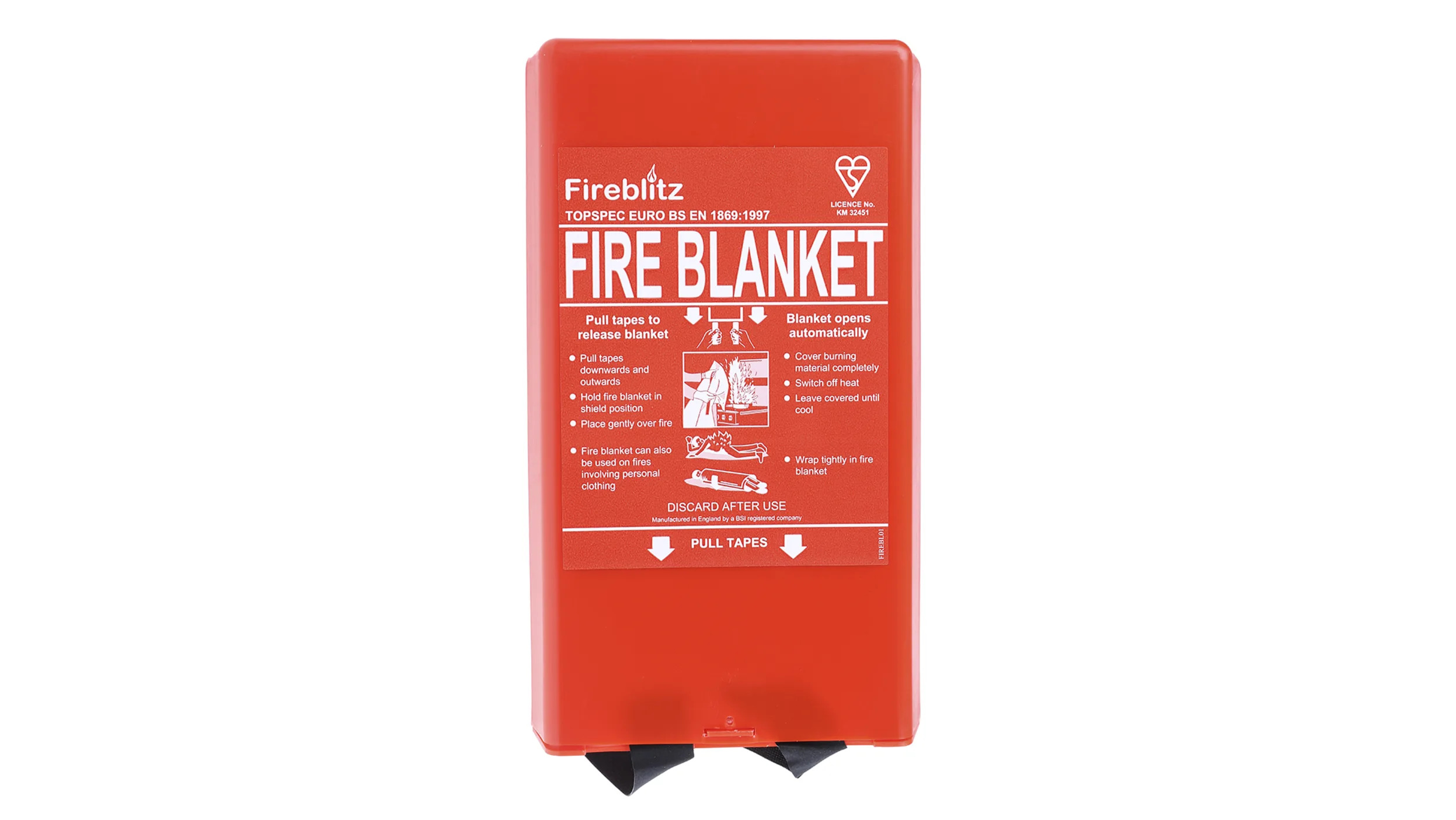
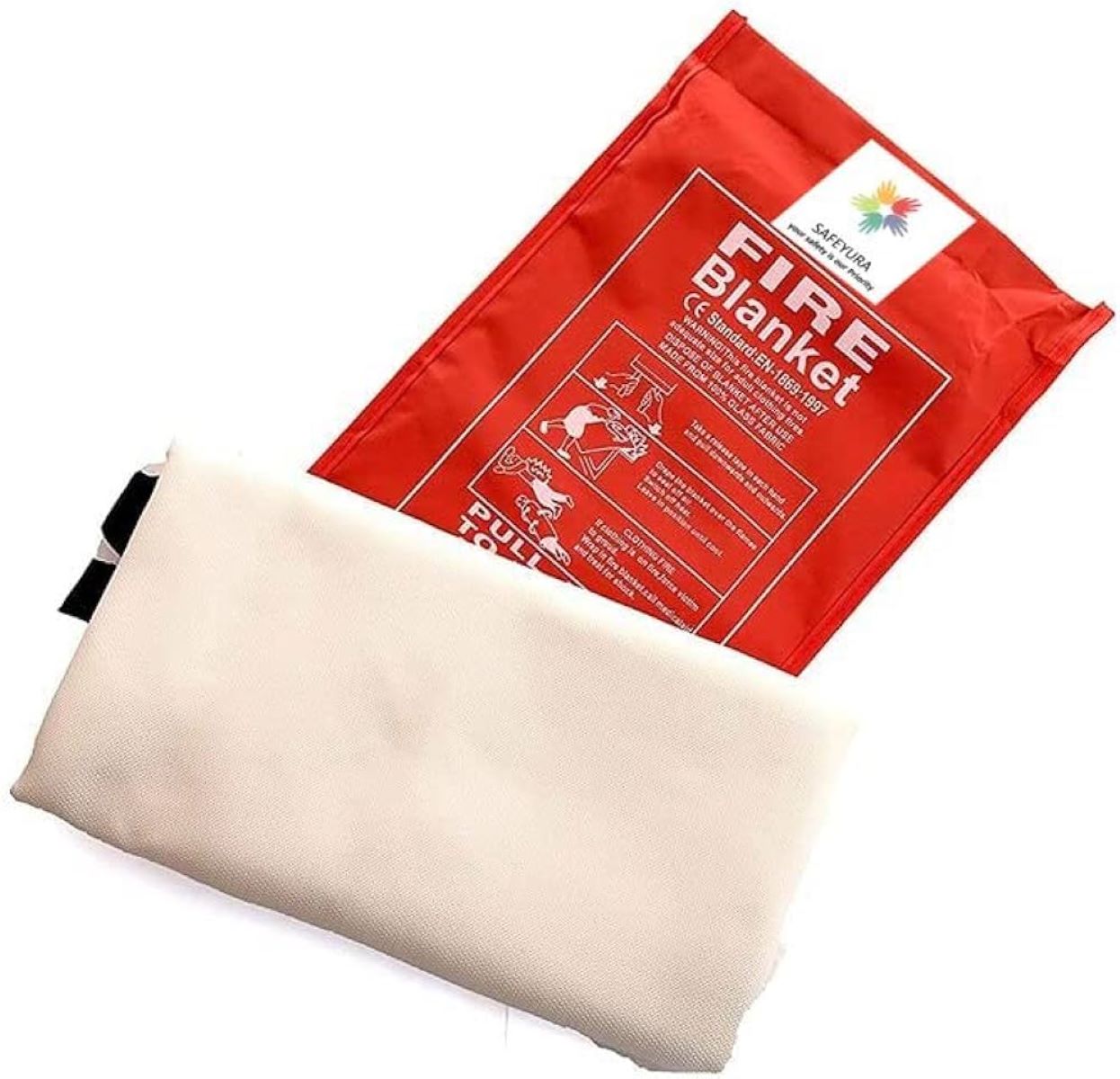
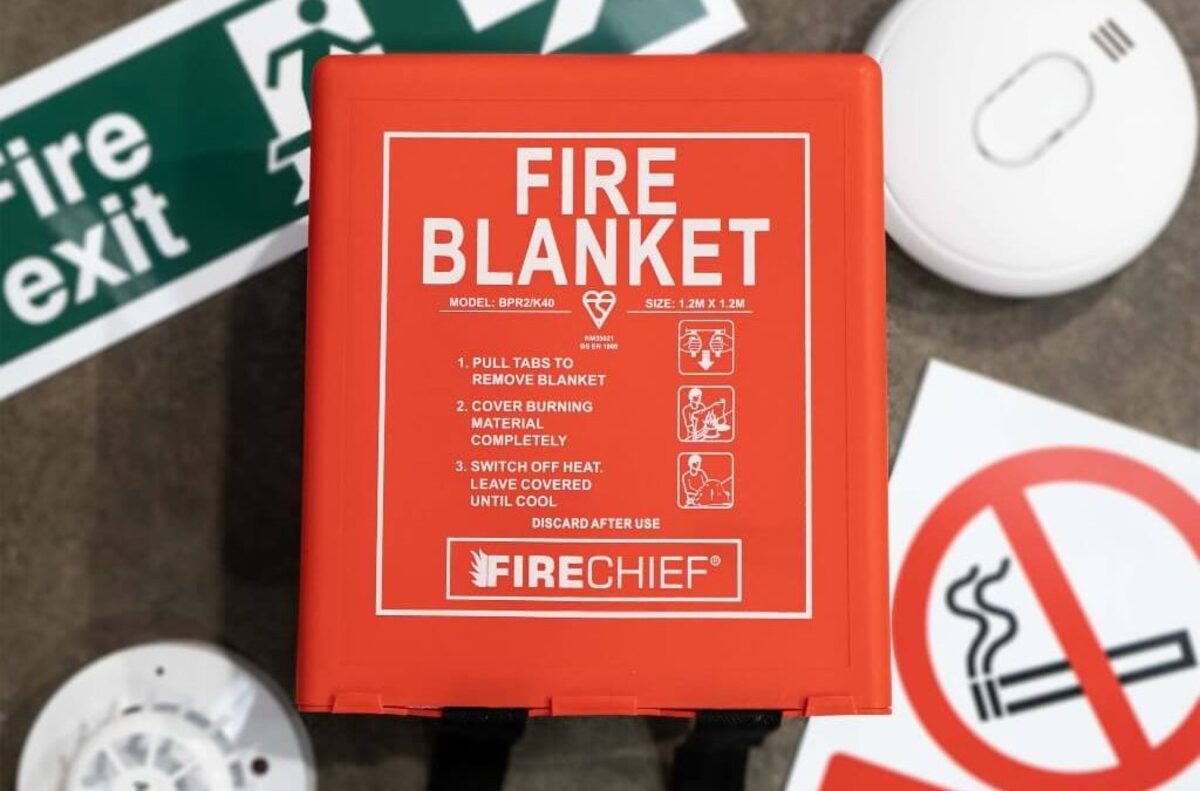


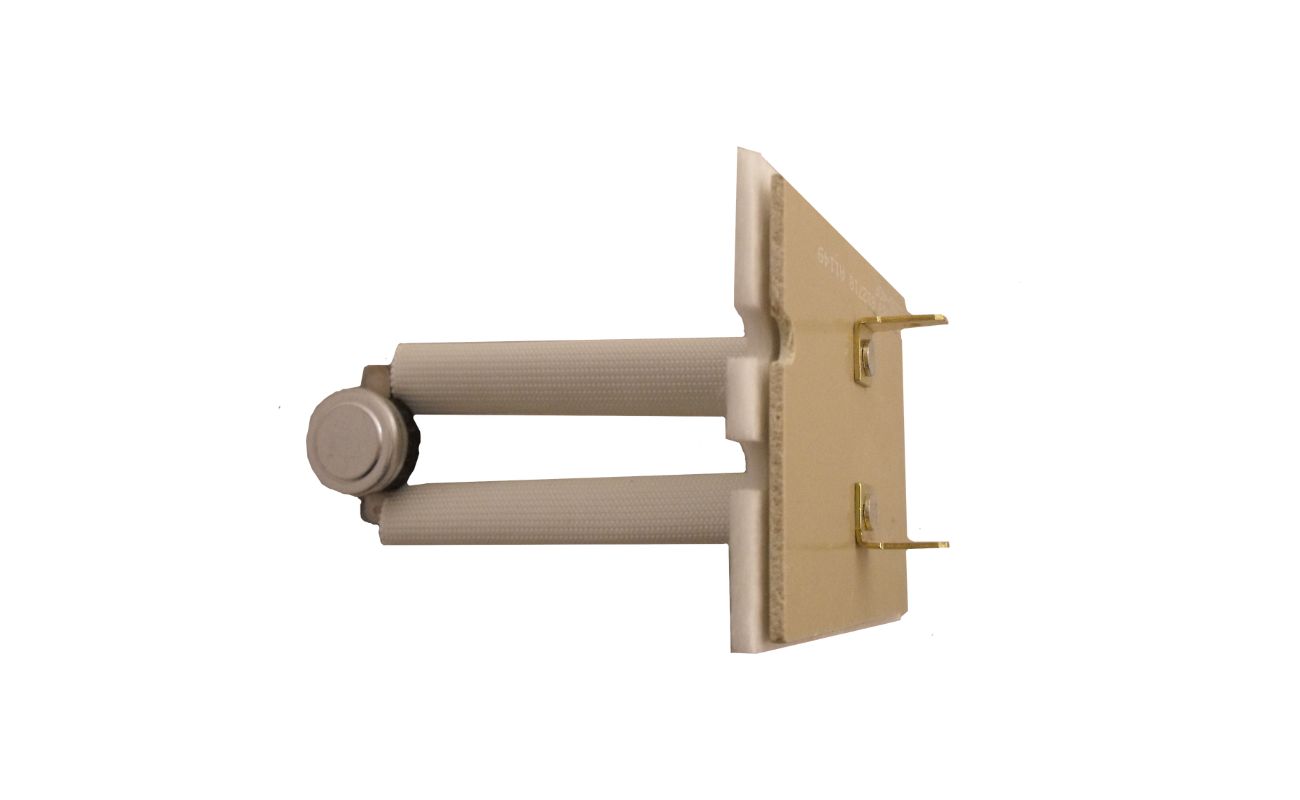

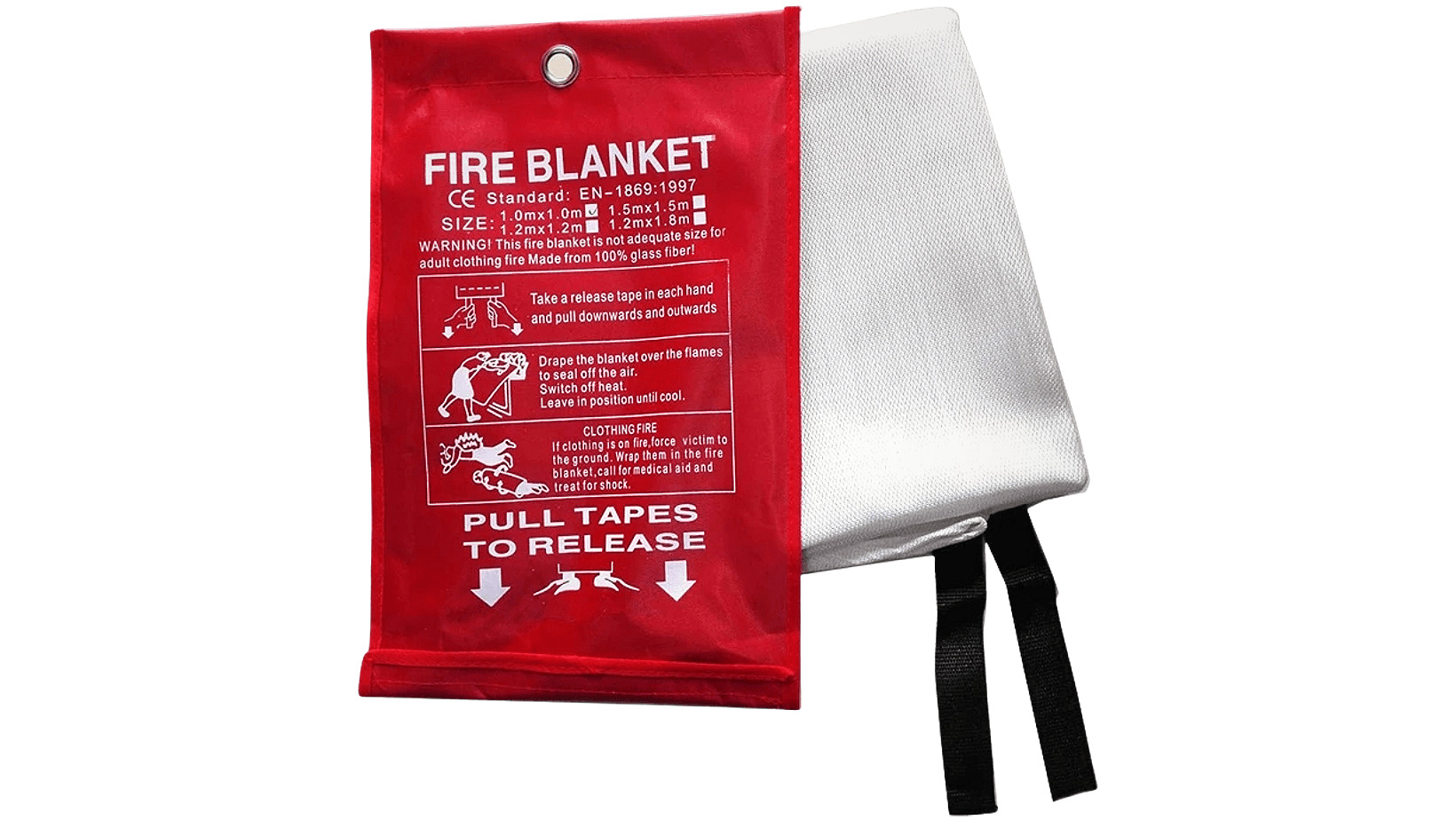




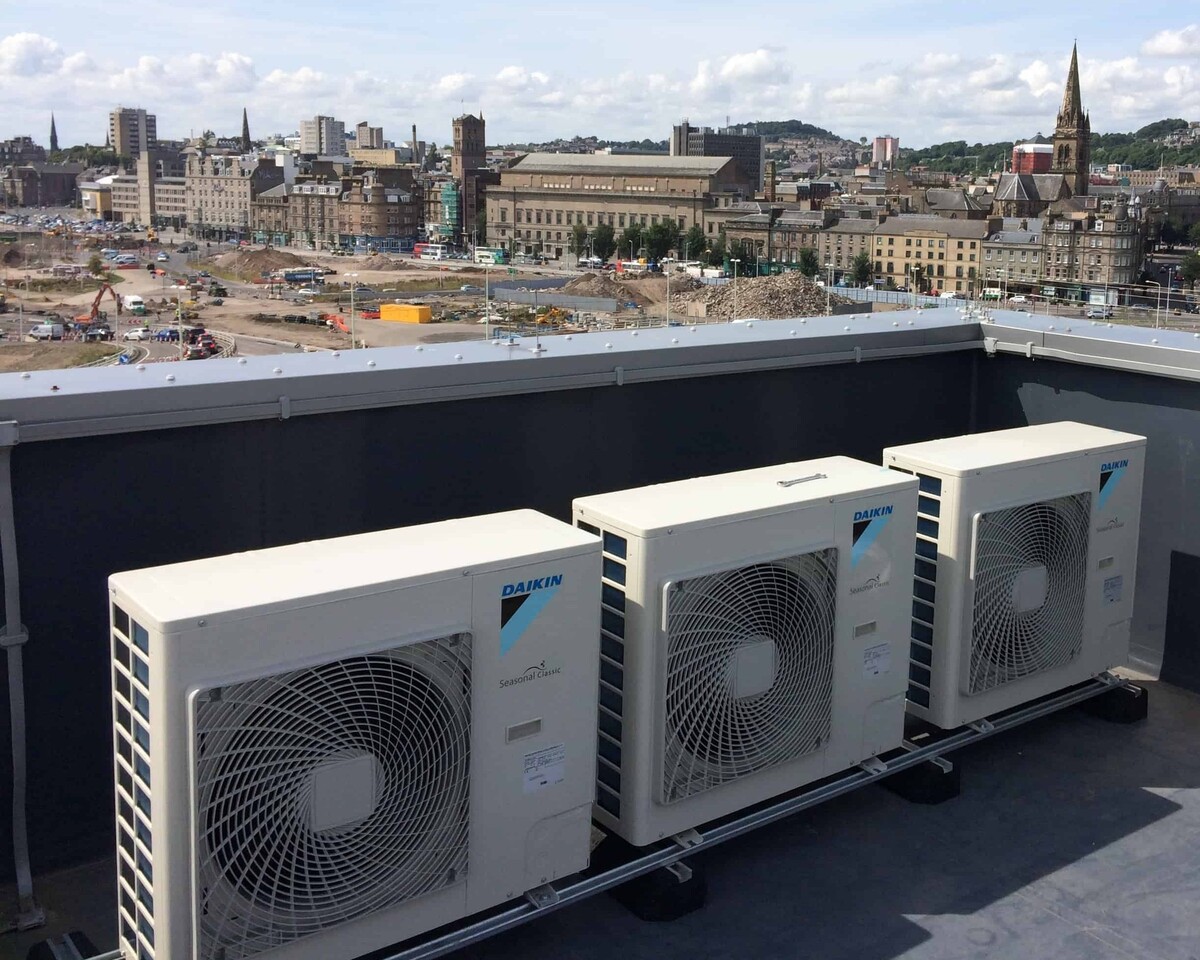


0 thoughts on “What Is The Purpose Of A Fire Blanket?”